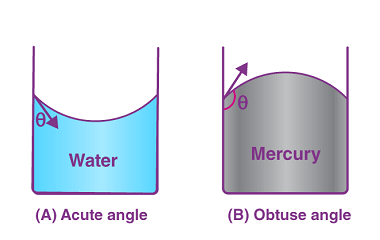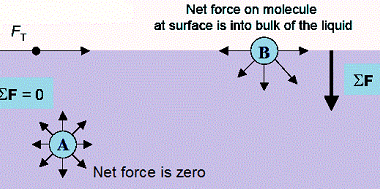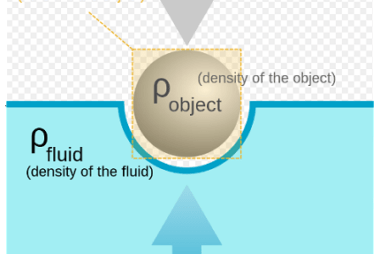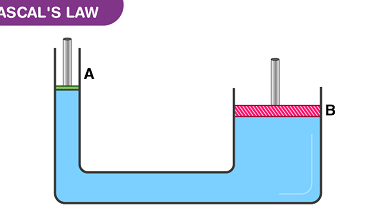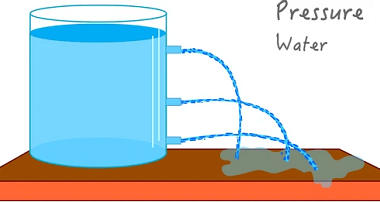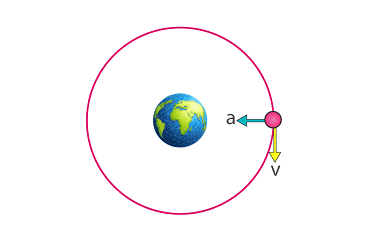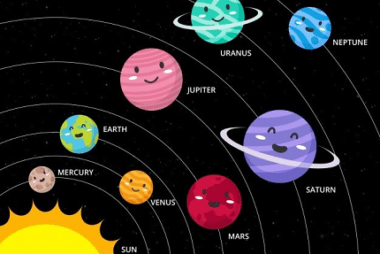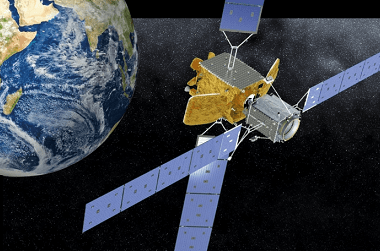Angle of contact
The angle of contact, also known as the contact angle, is the angle formed by a liquid at the interface between two immiscible phases, such as a liquid and a solid or a liquid and a gas. It is the angle between the tangent to the liquid surface and the solid or gas surface at…
